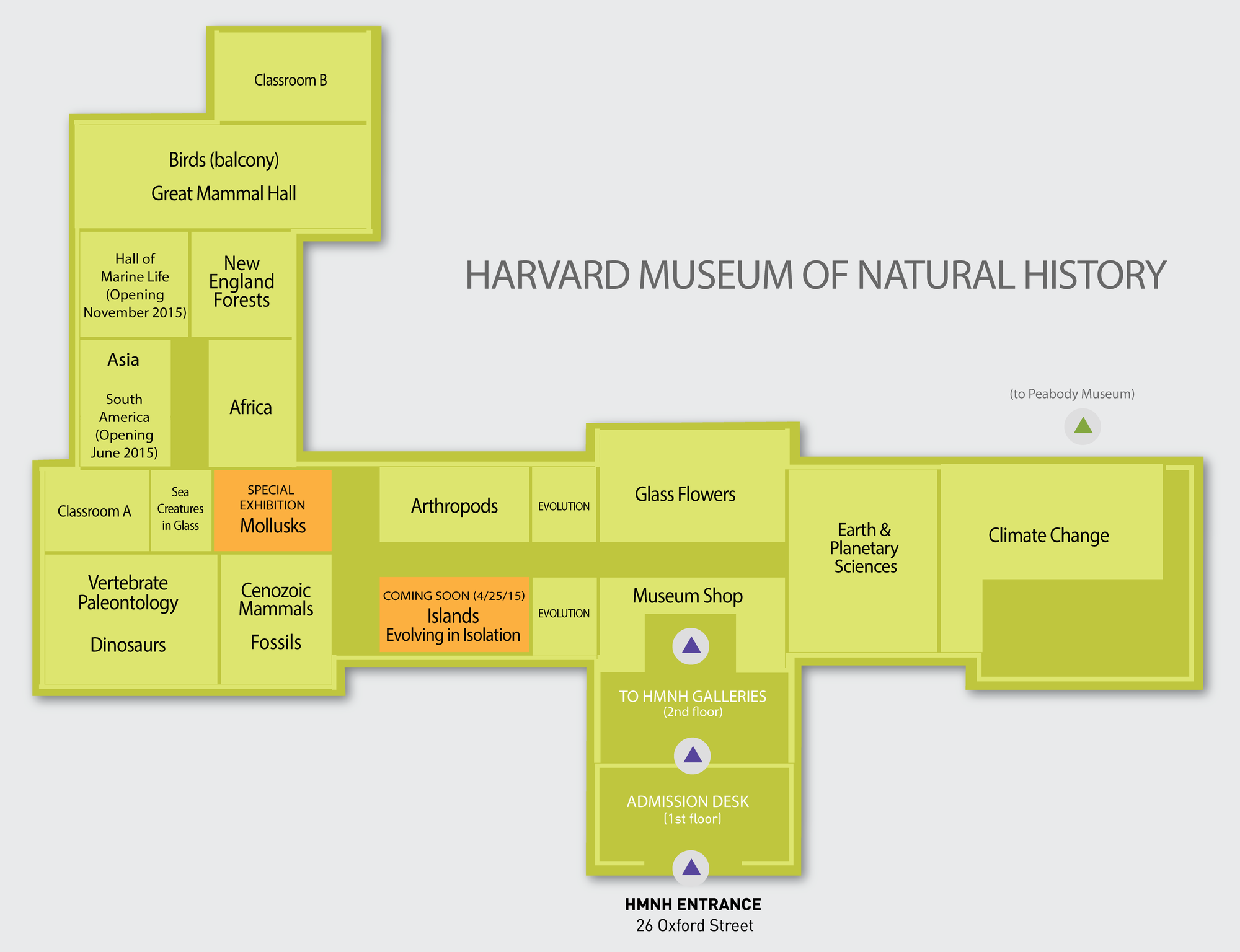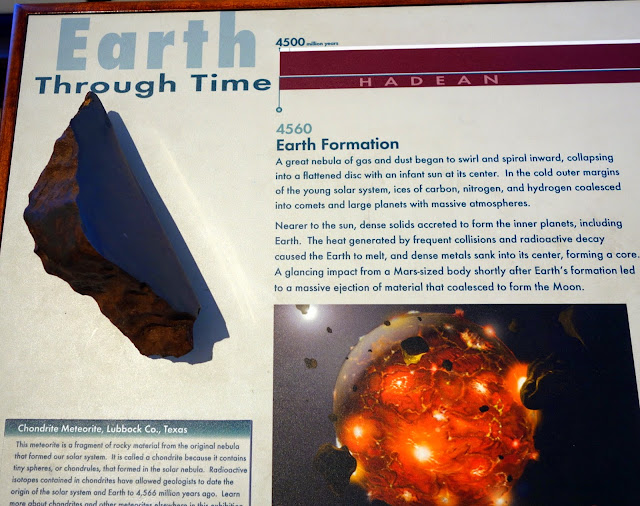I visited this museum on a Sunday in early February, 2015, in between snow storms in the Boston area. I got a family membership and have come back to other museums in the area, alone and with family, several times.
This museum is connected to the Harvard Peabody Museum of Natural History on the top floor, so I passed on through there too, but will write about that museum another time.
This museum is small, but has some excellent content. The museum was founded in 1866 and is one of the oldest museums dedicated to anthropology. The museum website tells about a lot of the collection, much of what was not on display, including the largest collection of artifacts that have survived from the Lewis and Clark expedition and early collection of items from the South Pacific (some of which I saw). Here is the website with a focus on the history:
https://www.peabody.harvard.edu/about/history
The section on Indians of the US was excellent.
One of the temporary exhibits is titled Lakota Images of the Contested West.
 |
| Large Sign introducing the exhibit |
An excellent sign called "The Contested West" states that although that American history tells of the West as a land of opportunity, for the Indians, national expansion was devastating. Soldiers, miners, and civilians flooded their lands. Bison were killed, almost to extinction, and tribes were forced to live on reservations, often not where they had lived previously. Factions in tribal and federal governments had differing opinions on how to settle problems and attempts were tried, but were unsuccessful. So by the 1860s, fighting escalated in a war for the Plains. Pictures below were drawn by warriors trying to protect their way of life, their homelands and their families. The identity of the artists is unknown.
 |
| Ledger Book of Drawings |
The layered pages in the book show the history of violent interactions between Lakota Sioux and Anglo Americans as they fought for control of the Great Plains during the 1860s and 1870s. It was found in a funerary tipi after the Little Big Horn battle. The book is the "focus of ongoing consultation and research by Houghton Library, the Peabody Museum, and the Standing Rock Sioux Tribe."
There was a brief explanation of Tatanka-Iyotanka (Sitting Bull) , the leader of the Indians at Little Big Horn, that I found was an important note to include.
I was fascinated by the drawings, of which there were many more, and of this system for recording battles.
In enjoyed the small section on Pacific Northwest Indians too.
Isn't the button blanket beautiful?
A special exhibit on the Penobscot Indian Canoes was small but worthwhile too.
Native American birchbark canoes have often been described as one of the greatest inventions in human history and were copied by Euroamerican fur traders and sportsmen. The Legacy of Penobscot Canoes: A View from the River explores the enduring importance of rivers and canoes in Penobscot tribal life and on relationships between the tribe and non-Indians. I also saw a rarely seen full-size bark canoe purchased from Penobscot Indian Francis Sebattis in 1912, as well as stone tools collected by Henry David Thoreau, who described the Penobscot and their canoes in The Maine Woods.
Finally, I was touched by an Indian artist's rendition of his experience in Vietnam:
I also saw these hair ties of abalone shells and glass beads made by the Yorok tribe of the North coast of California and was fascinated by them. They were used in women's hair the Brush dance and made a tinkling sound.
Upstairs I found a number of dioramas of Indian housing, which I also found fascinating. I took photos of some of them. Please excuse the poor quality of the photos. It was hard to take pictures through glass. Notice the location of the tribes in the US maps at the bottom of each photo.
 |
| Diorama of Alaska Indian Living Group |
 |
| Diorama of Native North American housing |
 |
| Creek Council Housing |
 |
| Nootka Home and Whaling Scene |
 |
| Wichita Area Houses |
 |
| Creek Council Houses |
There was a room with collection of items of Latin America. Since I had been in that area, I was not impressed. There is a small area for items of Dia de los Muertos (Nov. 1) also.
I was also intrigued by the intricate designs on bark cloths, skits and mats from the Pacific Islands on the 4th floor.
Four examples of bark cloth follow.
Below are examples of mats and skirts.
Below is an example of tools used by the Pacific Islanders.
I was in the museum for about an hour and then moved to the Natural History Museum--all on the same ticket and had a nice day on the visit. The only small problem was parking--I was there on a Sunday so I didn't have to pay for metered parking. When I went on other days, I needed quarters (4 for an hour) to pay for the parking and only quarters worked.






































































